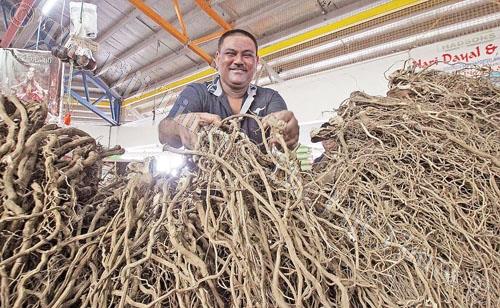THE current high prices of kava, fuel, alcohol, tobacco and vegetables contributed to the increase in the country’s annual inflation to 4.7 per cent in July.
According to the Economic Review for the month ended August 2018, the current inflation rate is higher than the 4.6 per cent recorded in June and the 2.0 per cent recorded in July last year.
Inflation is the rate at which the general level of prices for goods and services rise and consequently the purchasing power of a currency falls.
This means as inflation rises, it decreases the amount of goods that your money can buy and decreases its purchasing power.
According to the central bank, the annual increase was led by higher prices of kava, domestic fuel, alcohol, tobacco and vegetables.
The high fuel prices could be attributed to its increase in July after a review by the by the Fijian Competition and Consumer Commission (FCCC) in line with the movements world market prices.
The fuel prices from July 15, 2018 to October 14, 2018 is mainly determined by the movement in the international prices for Petroleum and LPG products since the last quarter.
FCCC will conduct the next fuel and LPG price review on 15 October 2018.
The recent natural disasters experienced earlier this year were also expected to raise prices of agricultural market items such as vegetables and root crops.
But the price increase was anticipated to generally subside within the year when supply normalises.
The high alcohol and tobacco prices could also be attributed to a 15 per cent price increase as announced in the 2018/2019 National Budget.
The central bank also forecasts inflation to remain elevated until year-end, led by increased duty on alcohol, tobacco, sweetened drinks and higher fuel
prices.
Nevertheless, core inflation remains low at around 1.5 per cent and inflationary pressures from higher duties and commodity prices are expected to subside from 2019.


